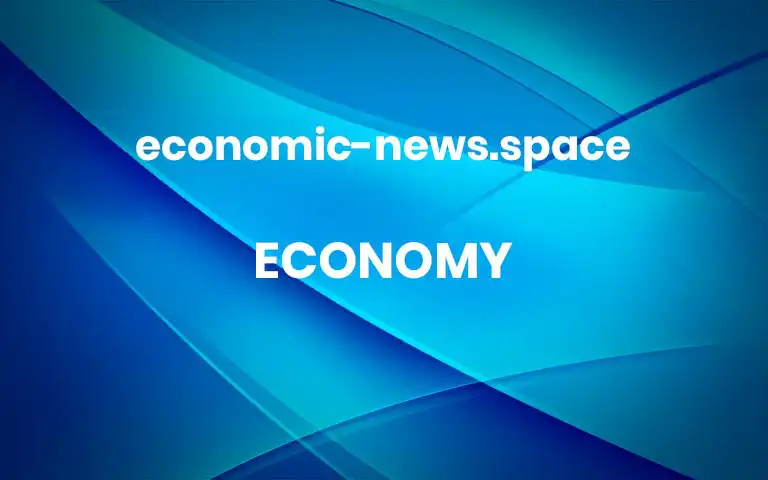The Year the Fed Changed Forever

#masthead-section-label, #masthead-bar-one { display: none }The Coronavirus OutbreakliveLatest UpdatesMaps and CasesThe Stimulus DealThe Latest Vaccine InformationF.A.Q.Jerome H. Powell, the Federal Reserve chair, has faced some of the most trying months in the central bank’s history.Credit…Nate Palmer for The New York TimesSkip to contentSkip to site indexThe Year the Fed Changed ForeverJerome H. Powell’s central bank slashed rates, bought bonds in huge sums and rolled out never-before-tried loan programs that shifted its identity. The backlash is already beginning.Jerome H. Powell, the Federal Reserve chair, has faced some of the most trying months in the central bank’s history.Credit…Nate Palmer for The New York TimesSupported byContinue reading the main storyDec. 23, 2020Updated 4:04 p.m. ETWASHINGTON — As Jerome H. Powell, the Federal Reserve chair, rang in 2020 in Florida, where he was celebrating his son’s wedding, his work life seemed to be entering a period of relative calm. President Trump’s public attacks on the central bank had eased up after 18 months of steady criticism, and the trade war with China seemed to be cooling, brightening the outlook for markets and the economy.Yet the earliest signs of a new — and far more dangerous — crisis were surfacing some 8,000 miles away. The novel coronavirus had been detected in Wuhan, China. Mr. Powell and his colleagues were about to face some of the most trying months in Fed history.By mid-March, as markets were crashing, the Fed had cut interest rates to near zero to protect the economy. By March 23, to avert a full-blown financial crisis, the Fed had rolled out nearly its entire 2008 menu of emergency loan programs, while teaming up with the Treasury Department to announce programs that had never been tried — including plans to support lending to small and medium-size businesses and buy corporate debt. In early April, it tacked on a plan to get credit flowing to states.“We crossed a lot of red lines that had not been crossed before,” Mr. Powell said at an event in May.The Fed’s job in normal times is to help the economy operate at an even keel — to keep prices stable and jobs plentiful. Its sweeping pandemic response pushed its powers into new territory. The central bank restored calm to markets and helped keep credit available to consumers and businesses. It also led Republicans to try to limit the vast tool set of the politically independent and unelected institution. The Fed’s emergency loan programs became a sticking point in the negotiations over the government spending package Congress approved this week.But even amid the backlash, the Fed’s work in salvaging a pandemic-stricken economy remains unfinished, with millions of people out of jobs and businesses suffering.The Fed is likely to keep rates at rock bottom for years, guided by a new approach to setting monetary policy adopted this summer that aims for slightly higher inflation and tests how low unemployment can fall.And the Fed’s extraordinary actions in 2020 weren’t aimed only at keeping credit flowing. Mr. Powell and other top Fed officials pushed for more government spending to help businesses and households, an uncharacteristically bold stance for an institution that tries mightily to avoid politics. As the Fed took a more expansive view of its mission, it weighed in on climate change, racial equity and other issues its leaders had typically avoided.“We’ve often relegated racial equity, inequality, climate change to simply social issues,” Mary C. Daly, president of the Federal Reserve Bank of San Francisco, said in an interview. “That’s a mistake. They are economic issues.”In Washington, reactions to the Fed’s bigger role have been swift and divided. Democrats want the Fed to do more, portraying the attention to climate-related financial risks as a welcome step but just a beginning. They have also pushed the Fed to use its emergency lending powers to funnel cheap credit to state and local governments and small businesses.The Fed’s sweeping pandemic response pushed its powers into new territory.Credit…Ting Shen for The New York TimesRepublicans have worked to restrict the Fed to ensure that the role it has played in this pandemic does not outlast the crisis.Patrick J. Toomey, a Republican senator from Pennsylvania, spearheaded the effort to insert language into the relief package that could have forced future Fed emergency lending programs to stick to soothing Wall Street instead of trying to also directly support Main Street, as the Fed has done in the current downturn.Republicans worry that the Fed could use its power to support partisan goals — by invoking its regulatory power over banks, for instance, to treat oil and gas companies as financial risks, or by propping up financially troubled municipal governments.“Fiscal and social policy is the rightful realm of the people who are accountable to the American people, and that’s us, that’s Congress,” Mr. Toomey, who could be the next banking committee chairman and thus one of Mr. Powell’s most important overseers, said last week from the Senate floor.Mr. Toomey’s proposal was watered down during congressional negotiations, clearing the way for a broader relief deal: Congress barred the central bank from re-establishing the exact facilities used in 2020, but it did not cut off its power to help states and companies in the future.The Coronavirus Outbreak More



